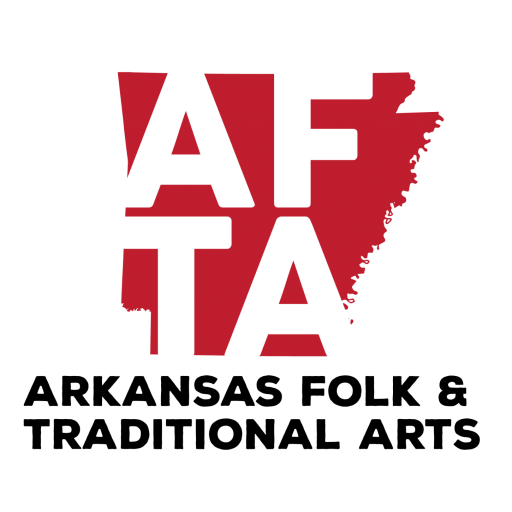Throughout AFTA’s website, publications, and programming, you may see and hear several terms that appear similar: folk art, traditional art, folkore, folklife, and tradition. What do these terms mean? What’s the difference between each?
We’ve shared this information in our new “About” page (folklife.uark.edu/about), but we thought it might be a good idea to introduce our approach in this article as well.
AFTA staff belong to a society of folklorists who study folklore in the academic and/or public sector. It’s important to note that the definition of folklore and its related terminology has a long and complex history, going back to the coining of the term “folk-lore” in 1846 by William J. Thoms. Though folklorists agree on the components of the definition, the term “folklore” has been difficult to define succinctly. The American Folklore Society has compiled a list of these varied definitions created and shared by folklorists over the years in the article, “What is Folklore?”. William M. Clements, in the introduction to An Arkansas Folklore Sourcebook, devotes large portions of the chapter to discussing the topic, but perhaps simplifies it best by writing that, “folklorists study unofficial culture.”
Here’s where we want to explain AFTA’s approach, as outlined by our coordinator, Virginia Siegel. Folk art and traditional art, an important part of the study of folklore, will be used interchangeably to discuss traditions that are artfully and skillfully executed and communicated within communities. Folk and traditional arts can be seen as one component of a broader term, “folklife,” which serves to encompass the idea of folk arts (often perceived to include only material traditions) with other intangible aspects, such as beliefs, customs, legends (inmaterial traditions).
Arkansas Folk and Traditional Arts takes a broad approach to studying and sustaining traditions throughout the state and may use the word “folklife” in programming and publications. Intangible traditions can also be considered art forms (such as storytelling) and often intangible traditions are intertwined with tangible forms of material culture.
For Arkansas Folk and Traditional Arts, Folk and Traditional Arts are:
- Rooted in Communities: Traditional arts exist in communities, which can include families, geographic regions, religious groups, clubs, schools, and more. Folklorists call these different communities “folk groups.”
- Learned in Communities: Traditional arts are passed down and learned between members of communities, though new generations may add their unique twist to the tradition. Those individuals who practice and share their traditions are called “tradition-bearers.”
- New and Emerging: This is not to mean that all traditions are new, but to emphasize that the age of a tradition is not necessarily the important part of a traditional art form. Traditions evolve and change. Communities create new traditions all the time, including new foods, events, festivals, sayings, jokes, rituals, and more.
- Diverse Yet Universal: Diverse communities thrive across the State of Arkansas, yet all have their own traditions and traditional arts that are a part of the unique heritage and story of Arkansas. The key to this idea of “universality” is not that specific traditional art forms are universal, but that all communities have and share traditions.
The most important take-away, though, is that folk and traditional arts are rooted in community. This is a different approach from the fine art world, which often uses terms like “outsider art” and “naïve art” in the discussion of folk art. For folklorists across the country, the core of folk art is the way in which it is learned and shared – through informal (as opposed to scholarly) modes of transmission within communities.
If you have questions or would like to learn more, do not hesitate to reach out to Virginia Siegel at vdsiegel@uark.edu. If you have a tradition or a tradition-bearer that you think AFTA should document, let us know! We’re always happy to learn from community members. After all, the experts of community traditions are community members themselves!
